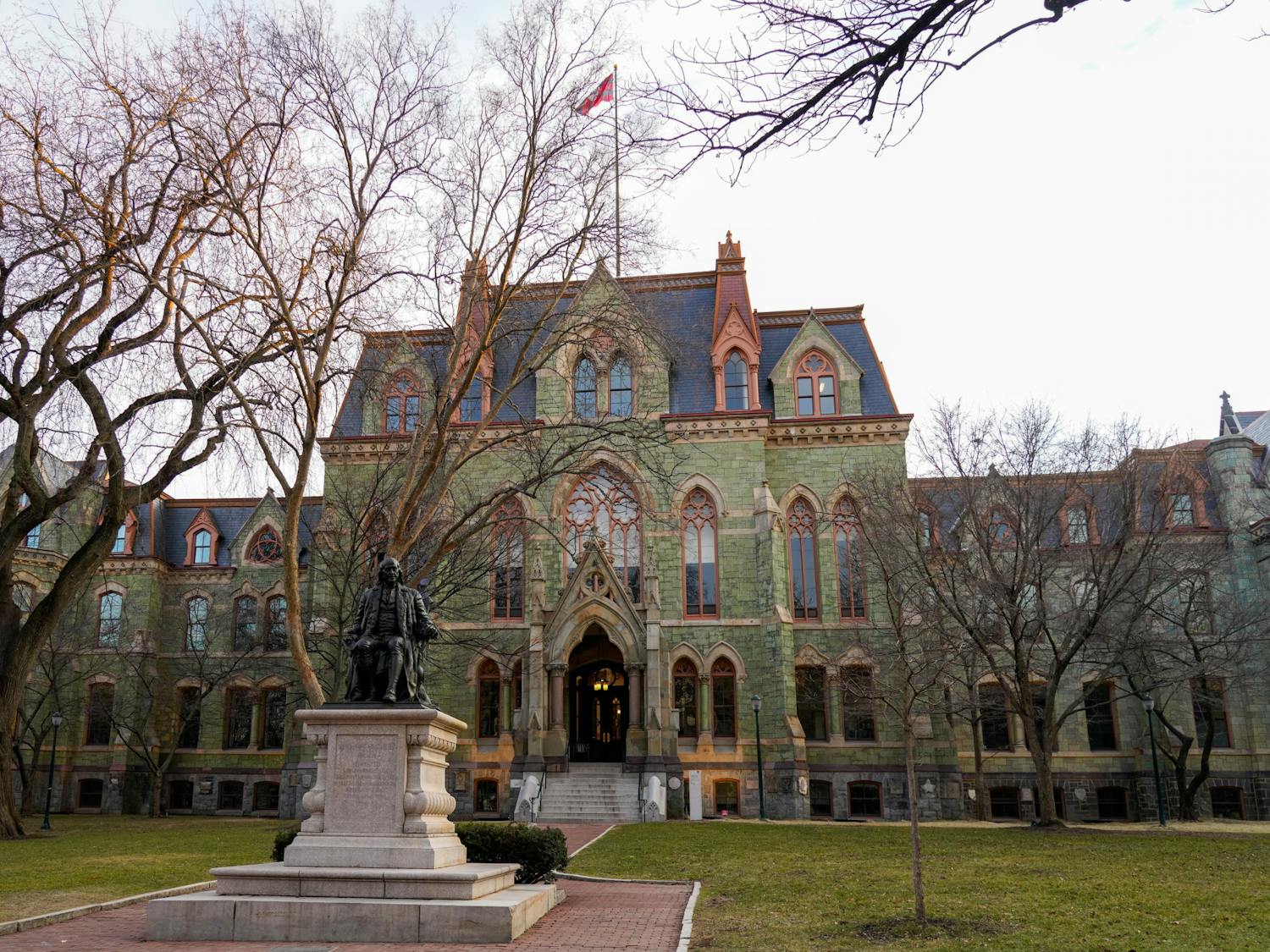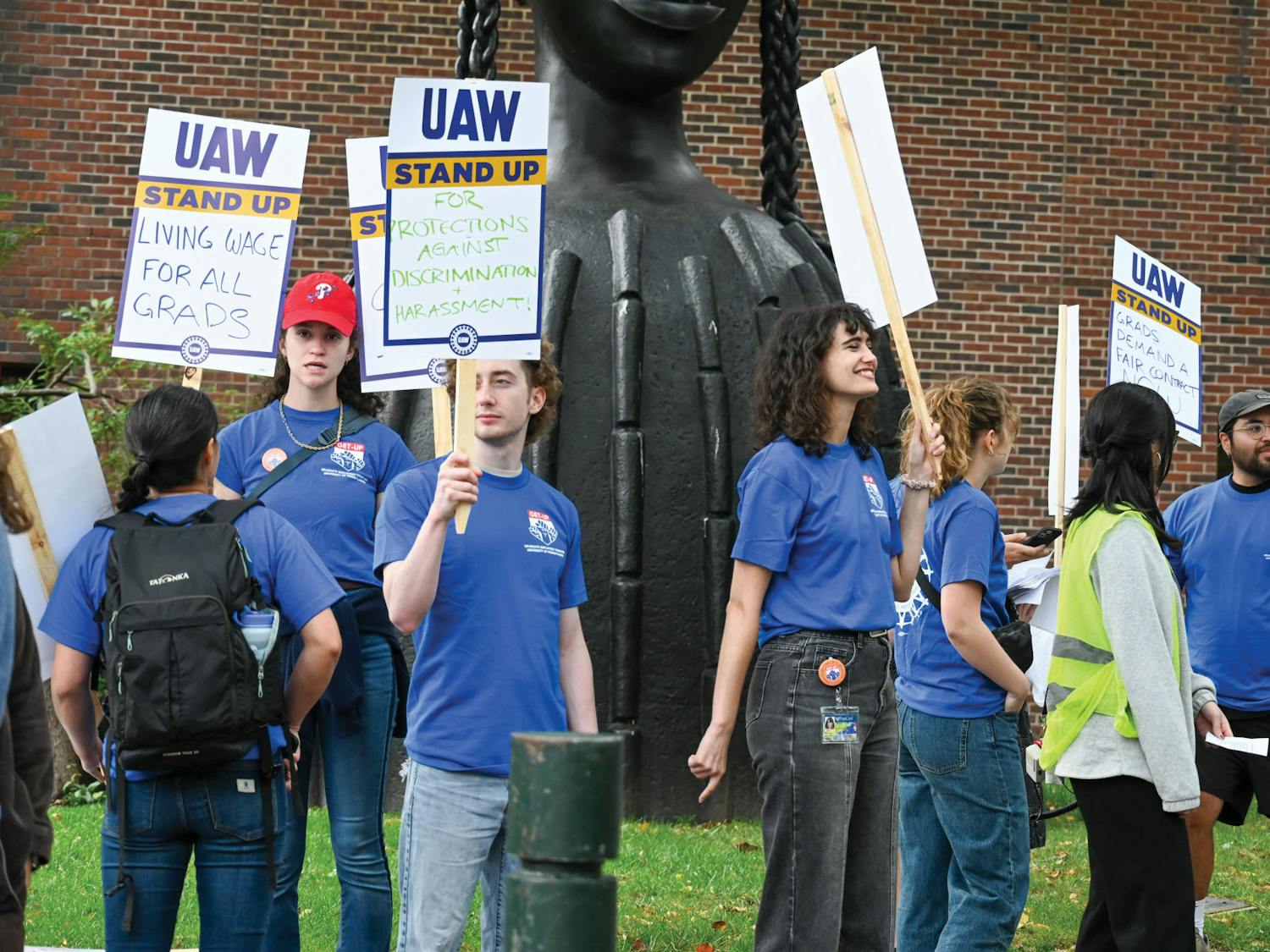As military technology continues to improve, more and more robots are being used for surveillance and search and rescue missions.
This summer, computer scientists, biologists and engineers from Penn and other schools around the country will collaborate to study a relatively new technology known as biology-inspired swarming behavior in robots.
Under the Defense Department's Multidisciplinary University Research Initiative program, the University's General Robotics, Automation, Sensing and Perception Laboratory will receive $5 million from the federal government over the next five years.
With Vijay Kumar, director of the GRASP Lab, as principal investigator, the Scalable Swarms of Autonomous Robots and Sensors project will study group coordination of small vehicles.
He said that the collaboration will be the greatest challenge and reward of the military-based project.
"Military impact could be large," Electrical and Systems Engineering professor George Pappas said. "Just like you can have a flock of birds surveying an area, you can have a swarm of small robots on a tiny scale monitoring the area."
To aid in this engineering feat, Kumar and his colleagues will design experiments in an effort to predict emergent group behavior in the robots.
"One of the things we'd like to do is come up with these biology-inspired algorithms for control and demonstrate it on practical vehicle platforms," Kumar said.
Pappas said examining biological behavior is crucial in evaluating how it can affect engineering.
"We're not trying to mimic biology, but understand whether its principals can be formalized and manipulated," Pappas said.
Stephen Morse, a researcher involved in the project and an electrical engineering and computer science professor at Yale University, said that the project reflects the military's desire to decrease human intervention.
"The military is anxious to take the human being off the battlefield," Morse said, "not just in combat, but for surveillance and all sorts of things like that."
Morse was the principal investigator of a similar effort, nicknamed the Fish Project, in 2000. His three-year project "did not provide for follow-up research opportunities," which is why he is excited about continuing to study swarming robots.
The researchers -- from Penn, Yale, the Massachusetts Institute of Technology, the University of California at Berkeley and UC Santa Barbara -- said that they are excited about working with familiar experts in other fields.
"Everyone [involved] has some kind of 'fish project' in his or her bag," Kumar said in reference to the abundance of individual experience.
"The Swarms Project really is a unique project," Kumar added. "It cuts across many disciplines -- brings together, in my mind, the top people in the world."
MIT electrical engineering and computer science professor Daniela Rus said that she is excited about collaborating, adding that "government funding is quite tight these days."
"It's a dream team in my point of view," Rus said. "I can't wait for the opportunity to interact with everyone closely."
Dean of the School of Engineering and Applied Science Eduardo Glandt said it is not a surprise that the GRASP Lab continually receives grants and added that this reflects teamwork and leadership by various professors and students "smoking with intellect."
"The GRASP Lab is the poster child for interdisciplinary work," Glandt said.








